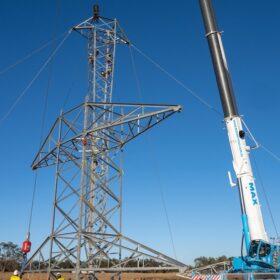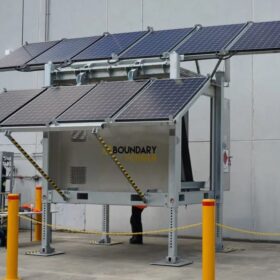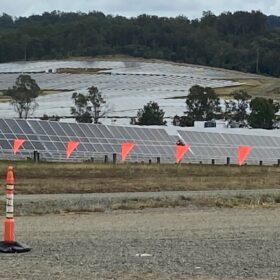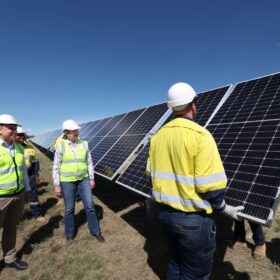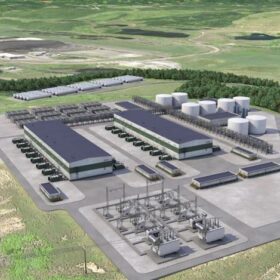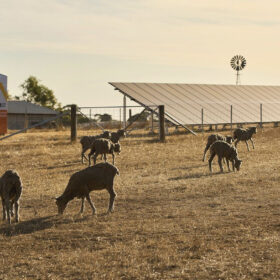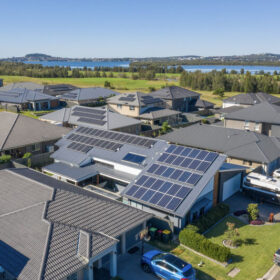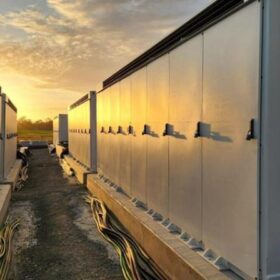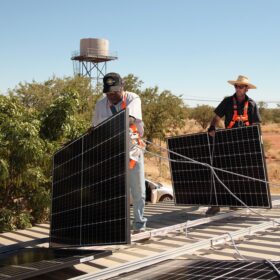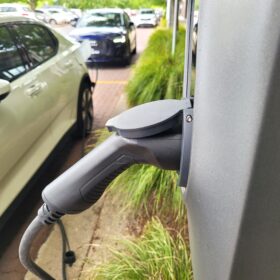Monash researchers achieve lithium-sulphur battery breakthrough
Researchers at Victoria’s Monash University have developed a new lithium-sulphur battery design they claim requires less lithium, has more energy per unit volume, lasts longer and can be produced for half the price of the dominant lithium-ion technology.
CEFC rolls out first investment under $20 billion Rewiring the Nation fund
The Clean Energy Finance Corporation has made its first investment via the Australian government’s $20 billion (USD 12.67 billion) Rewiring the Nation Fund, committing $100 million to support the build-out of renewable generation, long-duration storage and grid infrastructure in New South Wales.
Boundary reveals ‘Australian first’ hydrogen-powered stand-alone power system
Boundary Power is claiming an Australian first with the unveiling of a 100% relocatable and modular stand-alone power system that integrates solar with a hydrogen electrolyser and storage system, doing away with the traditional back-up diesel generator.
ACE teams with Japanese player in 500 MW joint venture
Aspiring renewable energy developer ACE Power will partner with the clean energy arm of Japanese energy giant Osaka Gas to jointly develop a portfolio of Australian solar and battery projects with a total capacity of more than 500 MW.
CleanCo opens EOI for 3 GW of wind and solar
Queensland state-owned CleanCo has opened an expression of interest process to add 3 GW of wind and solar generation to its portfolio “to support our customers to achieve their sustainability goals, and to advance Queensland’s energy transformation”.
Fortescue in line for US green hydrogen funding
A green hydrogen collective that includes Australia’s Fortescue is set to share in more than $11 billion (USD 7 billion) of United States government funding as the Biden administration seeks to accelerate the commercial-scale production and deployment of low-cost, renewable hydrogen.
Weekend read: Feeding the appetite for low-carbon food
Australia’s vast distances make the supply of electricity via traditional grids expensive and even dangerous. With demand growing for agricultural goods produced with low-carbon emissions, solar and energy storage is being embraced even by skeptical farmers.
Successful energy transition depends on managing when people use power. So how do we make demand more flexible?
Energy security concerns are mounting as renewable projects and transmission lines are delayed. In New South Wales, for instance, the government has flagged it may defer the closure of Eraring coal power station beyond 2025.
Engie partners with Posco for Pilbara green hydrogen study
South Korean steelmaker Posco and French renewables giant Engie are investigating the feasibility of establishing a large-scale renewable hydrogen project in Western Australia that would provide fuel for a green iron venture planned for the state’s Pilbara region.
Wärtsilä urges industry to improve in wake of Bouldercombe battery fire
The company supplying the technology for what has been branded Australia’s “biggest battery” has cautioned that manufacturers must ramp up their focus on hardware, increase investment in advanced software and improve testing practices to minimise the risk of lithium-ion batteries catching fire.

